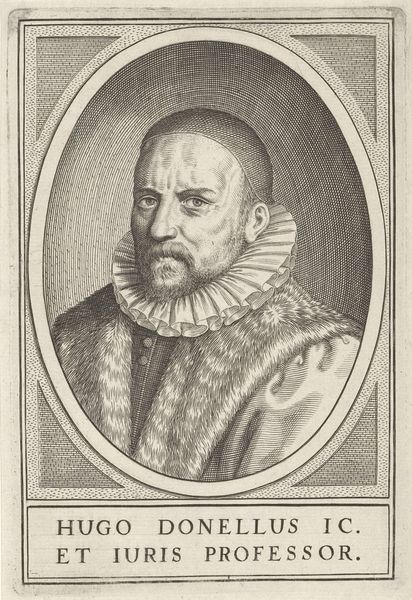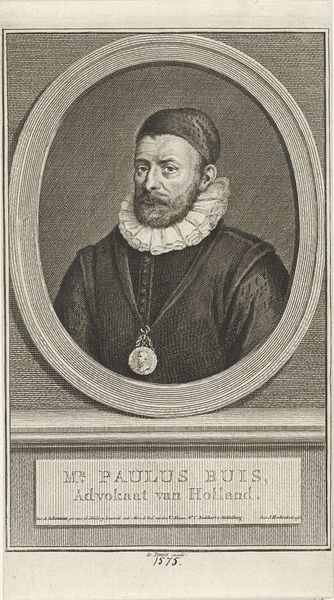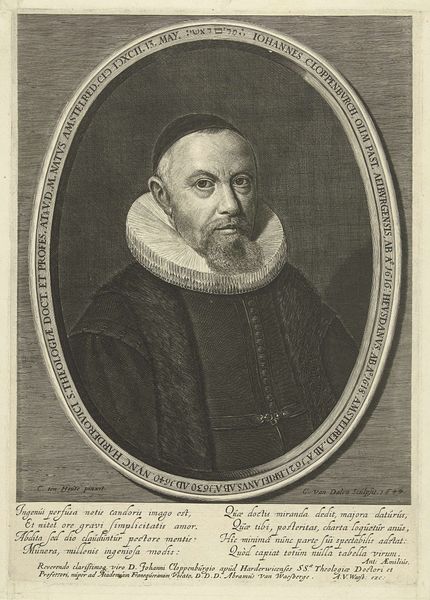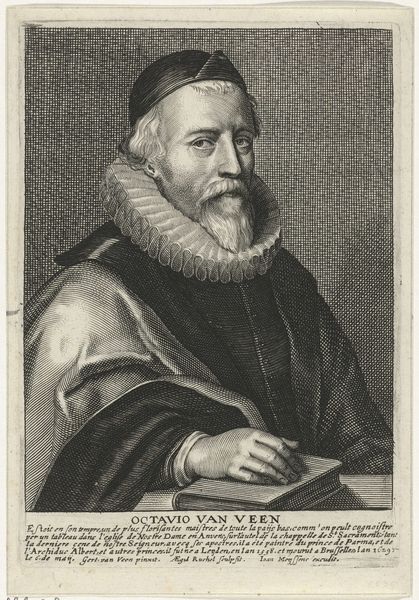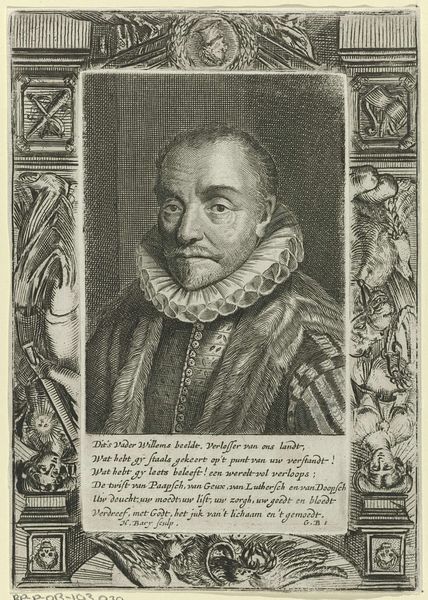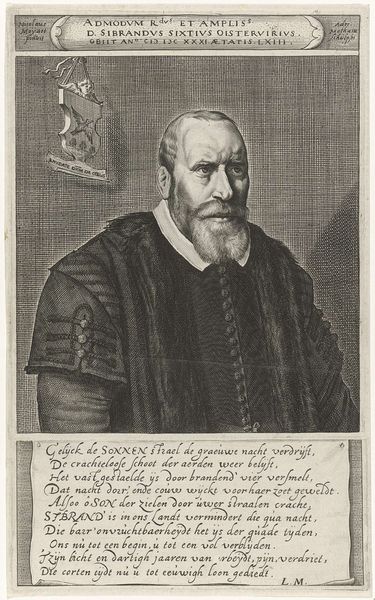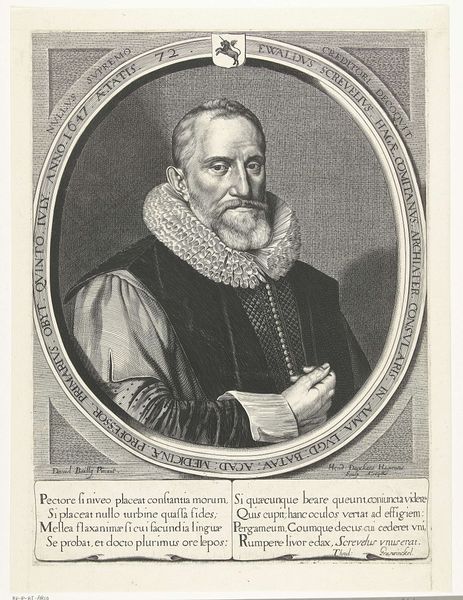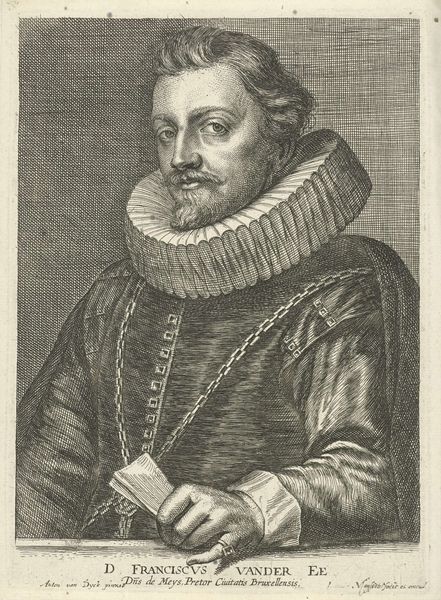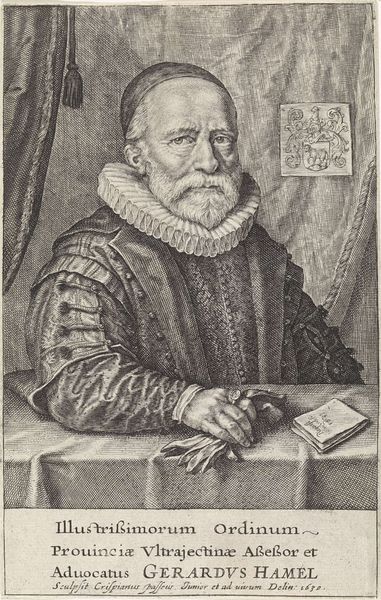
engraving
#
portrait
#
baroque
#
old engraving style
#
portrait drawing
#
history-painting
#
engraving
Dimensions: height 273 mm, width 195 mm
Copyright: Rijks Museum: Open Domain
Editor: So here we have Adriaen Lommelin's "Portret van Adriaan Stevens," dating from sometime between 1630 and 1677. It's an engraving, currently held in the Rijksmuseum. What strikes me is the incredible detail achievable with this medium. How would you interpret this work, thinking about the materials and the time it was made? Curator: From a materialist perspective, I immediately consider the means of production. Engraving involves a skilled artisan manipulating metal, using tools to physically carve the image. This isn't just about replicating a likeness; it's about the labor embedded in the plate. What does that labour say about society at the time? Editor: Well, seeing that this artwork aims to capture a person of status, like Adriaan Stevens, I imagine the labor, the intense carving and detailed craft, enhances the value of the portrait itself. Almost like a status symbol through skilled artistry? Curator: Precisely. And consider the broader social context. Engravings like this allowed for the mass production of portraits. How did this relative democratization of images, still tied to considerable craft labour, challenge traditional aristocratic notions of singular, unique artistic representation in painting or sculpture? Editor: So, the availability of printed portraits perhaps began to blur the lines between art for the elite and something more accessible to a burgeoning middle class? It makes you wonder how people received and consumed these images back then. Were they displayed differently, maybe collected or traded? Curator: Exactly! And what does the choice of materials and methods tell us about the value placed on skilled labour versus perhaps, a perceived artistic genius? These prints, and their creation, highlight the intersection of art, labor, and the social hierarchies of the 17th century. Editor: That's fascinating, it’s almost as if analyzing the “how” informs so much about the "why." Considering the work as a material object shaped by social forces gives me an entirely new appreciation for these engravings. Curator: It’s a perspective that shifts the focus from just aesthetic beauty or symbolic interpretation to the tangible realities of production and consumption within a specific historical context. There's so much embedded in the materials!
Comments
No comments
Be the first to comment and join the conversation on the ultimate creative platform.
